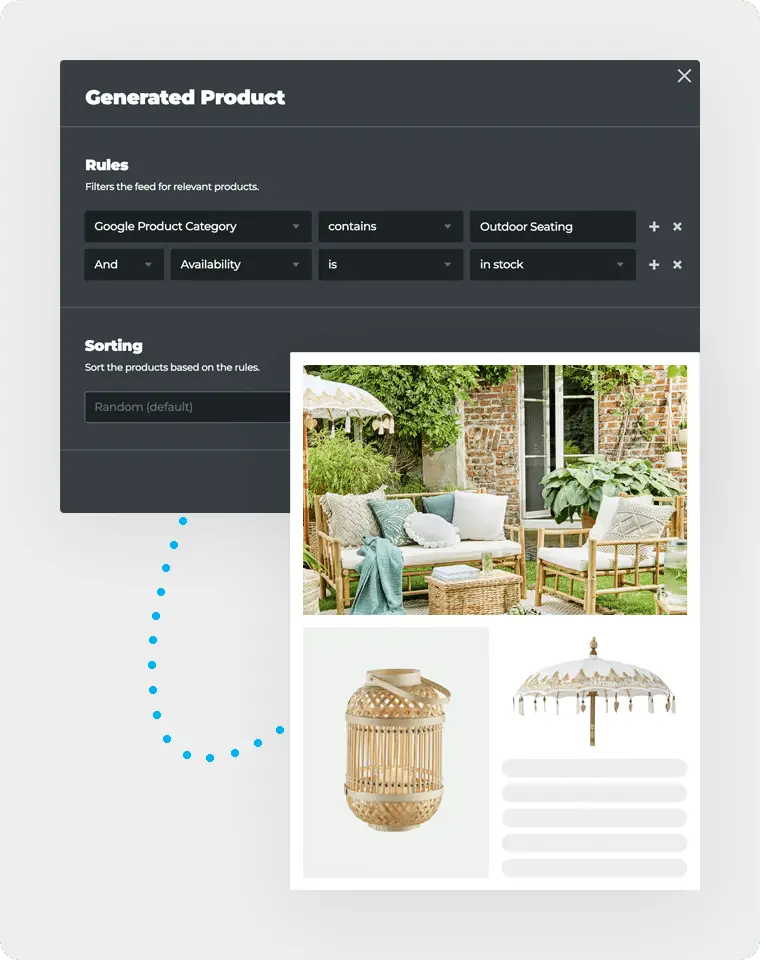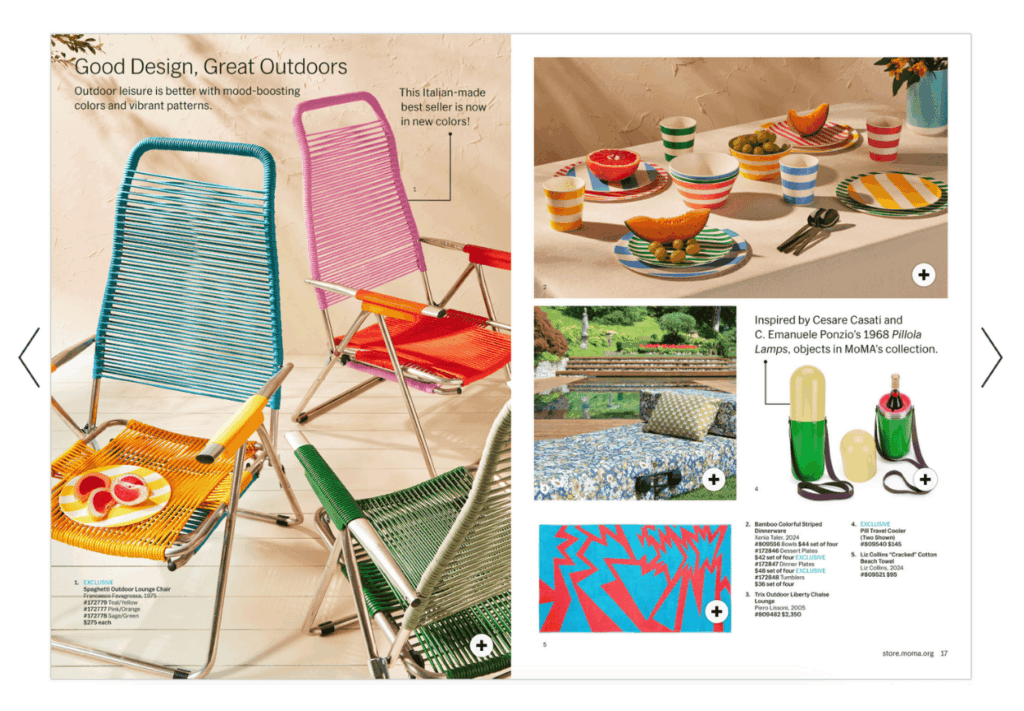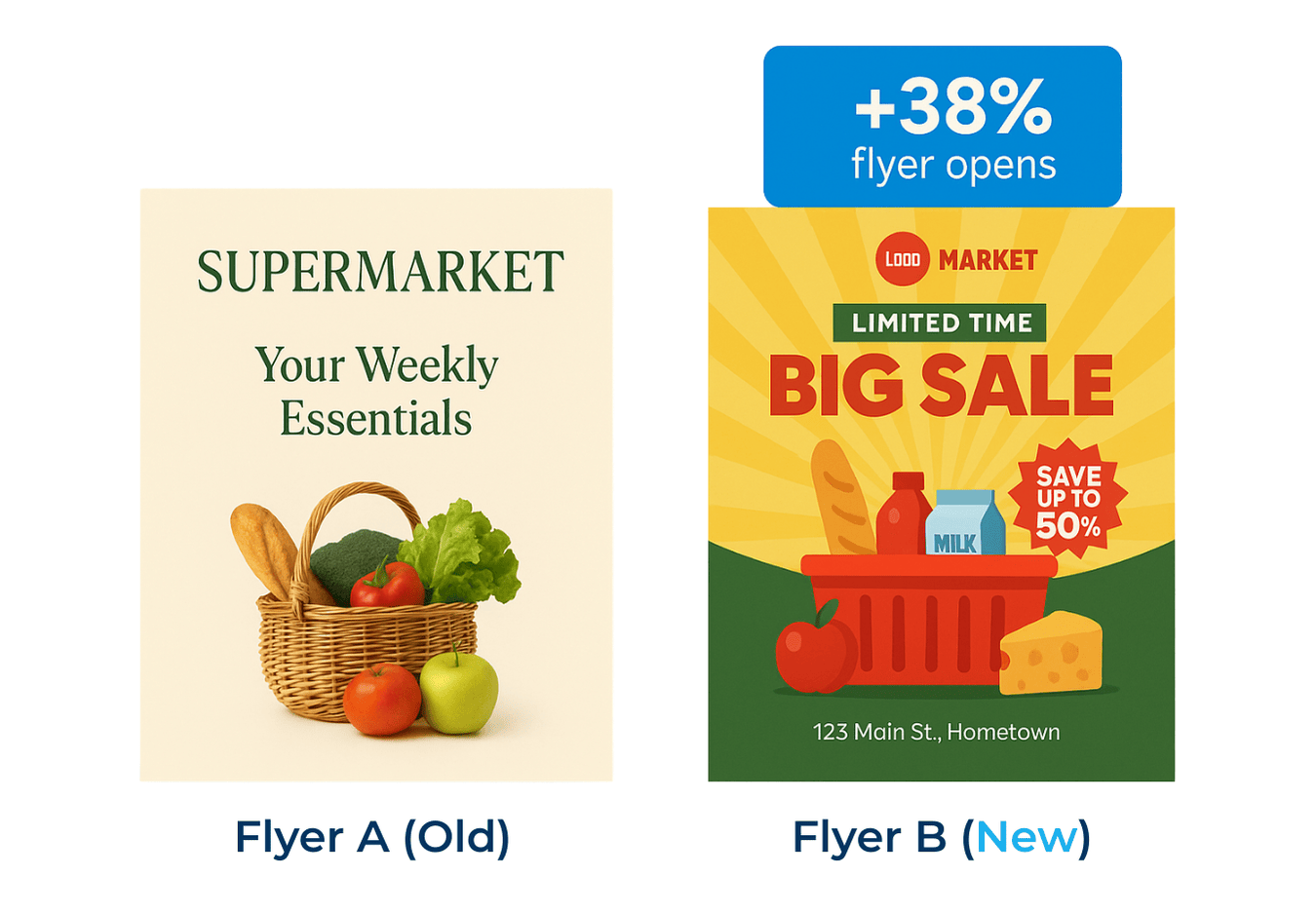Dynamic catalogs are one of the most innovative ways to take advantage of warmer weather and shifting shopper habits. As the sun comes out, people start planning garden upgrades, weekends away, and wardrobe refreshes; they’re ready to buy. And that seasonal mindset? It’s your opportunity.
If you’re still using static PDFs or basic digital catalogs, you’re probably working harder than you need to – and missing out on those crucial, ideal go-to-market moments! Timing is everything, and dynamic catalogs let you go to market faster, stay relevant, and outpace competitors. With real-time product updates, smart automation, and personalized features, you can create content that reflects what your customers care about right now.
Here’s your go-to strategy for putting dynamic content to work this season:
1. Why Dynamic Catalogs Outperform Static Content
While more convenient than print, traditional digital publications often lack flexibility and engagement. A dynamic catalog solves this by connecting directly to your product feed, enabling real-time updates to pricing, product availability, and descriptions through rule-based logic. The result? A living, breathing catalog that adapts to real-world conditions, such as changes in the weather. Being able to present your customers with sunny-day options on hot days doesn’t just increase your likelihood of making a sale; it provides a better customer experience.
2. Use Product Feeds to Keep It Fresh
A key part of your spring strategy should be leveraging product feeds. These feeds automatically populate your dynamic catalog with the latest product data, ensuring everything is up to date across your campaign. This allows you to:
- Eliminate manual updates
- Avoid outdated product info
- Maintain consistency across channels
With less time spent updating content, your team can focus on creativity and strategy, where they add the most value.

3. Match the Mood With Seasonal Themes
Spring is full of storytelling potential, and your catalog should reflect that. Aligning your content with timely, relatable themes helps your campaigns feel relevant and engaging. Whether you’re highlighting outdoor adventures, garden parties, or travel-ready essentials, a dynamic catalog gives you the flexibility to adapt quickly as trends emerge.
Some ideas to consider:
- Outdoor adventures and travel gear
- Backyard barbecues and garden parties
- Cleaning and home refresh must-haves
- Early prep for summer vacations
Your dynamic catalog allows you to easily swap in seasonal content and promotions, helping you stay agile and timely.
For fashion retailers, that could mean spotlighting the standout trends of Spring/Summer 2025. According to Cosmopolitan, we’ll see a surge in sheer fabrics, reinvented trench coats, ballet pink tones, and playful cutouts. Curating your catalog to showcase pieces in these styles, like a lightweight trench in a pastel palette or a dress with a bold collar detail, can capture seasonal energy and shopper attention.
Updating visuals, descriptions, or themed assortments in real-time with a dynamic catalog is easy, so you can stay perfectly in step with what’s trending.

4. Trigger Content Based on Real-Time Events
Instead of scheduling campaigns purely by date, consider smart triggers that respond to real-world conditions:
- Weather-based triggers: Launch a “Beach Day” collection when the forecast calls for sunshine and 25°C+ for three consecutive days
- Event-based triggers: Push a “Garden Party” catalog the day after heavy rainfall, when interest in gardening spikes
With Publitas, you can set up automation rules to dynamically publish the right content at the right time.
5. A/B Test to Refine and Improve
Even with the best content, there’s always room to optimize. For example, we recently did an A/B test for a large, supermarket retailer in the Netherlands to determine which cover page had the best opens on affiliates. The result? The retailer can launch their Easter campaign with the highest performing design, maximizing results.
Use A/B testing to help you understand what works best for your audience:
- Compare layouts like grid vs. magazine style
- Test different CTAs, button styles, and placement
Measure trigger performance to identify the most impactful automation rules

By continuously testing and refining, your catalog will become a high-performing, data-driven asset, not just a seasonal promotion.
Ready to Make Spring Your Strongest Season Yet?
With the right dynamic catalog strategy, you can deliver timely, personalized, and visually compelling experiences that turn casual browsers into loyal buyers. Want to make sure your spring campaigns hit the mark? Book a session with our digital catalog experts and get tailored advice for your brand.


